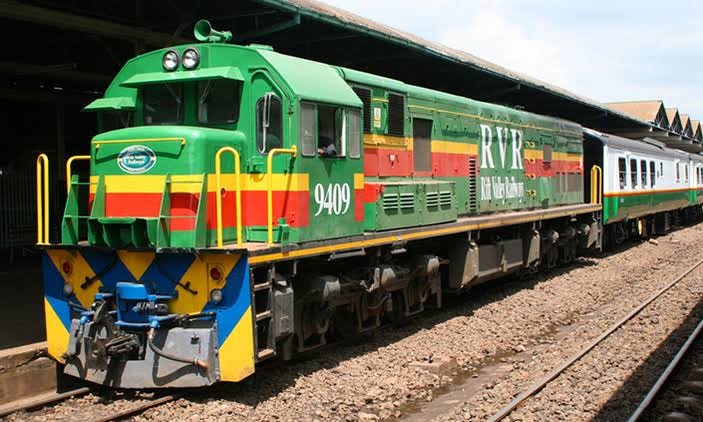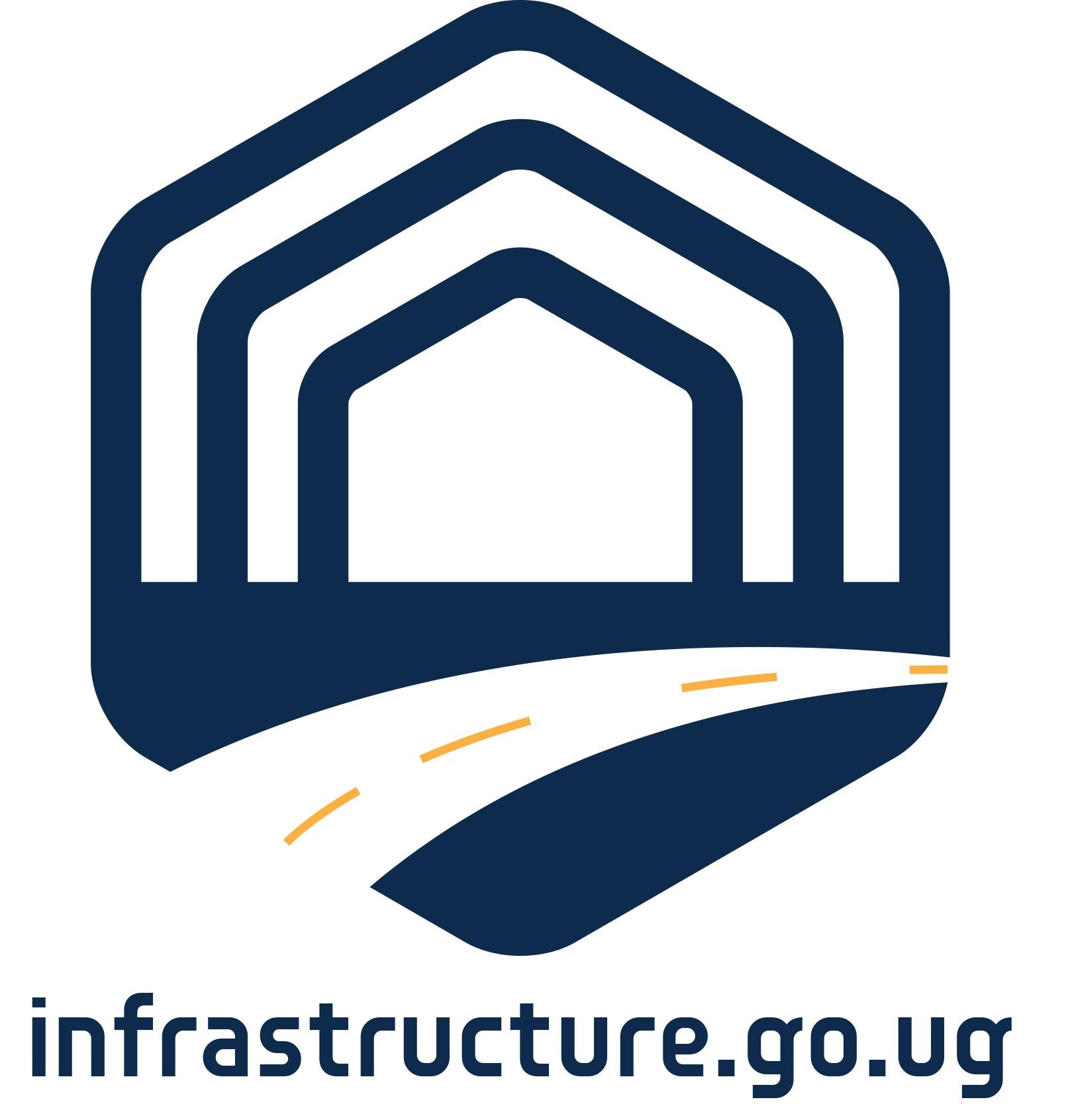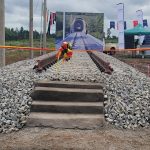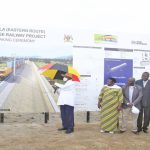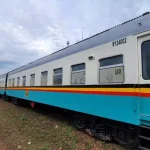Share
Uganda is linked to the sea through two routes, — Mombasa and Dar es Salaam —known as the Northern and Central corridors, respectively. In 1922, Lord Lugard stated: “The development of the African continent is impossible without the railway, and any built reasonably cheaply through a populous country is bound to be remunerative.”
Most studies suggest that there was a direct causal relationship between the building of the Uganda Railway and the development of a commercial economy. And that the key to Uganda’s material advancement was the arrival of the Uganda Railway at Kisumu (then called Port Florence) in January 1902. The line served the steamers of 150–525 tonne capacity brought into operation between 1903 and 1907, which sailed to Entebbe, Jinja, Munyonyo and Port Bell in 1913.
The opening of the railway led to substantial export trade rising from £29,450 in 1902 to £178,608 in 1907 and £607,253 in 1913. There was similar increase in the value of imports, the figures for the same years being £75,038, £371,568 and £940,160, respectively. Until 1902, any imports or exports had to be carried by porters over 600 miles, and the costs exceeded £300 per tonne. Government is continuing with the rehabilitation of the railway line including Tororo-Gulu link (375km), Gulu–Pakwach (134km), Kampala-Kasese (333km) and Jinja-Mbulamuti- Busembatia (146km).
Efforts to redevelop inland water transport on Lake Victoria to complement railway transport are underway. Procurement of rolling stock (locomotives and wagons), rehabilitation of ferries (MV Pamba, MV Mwanga and MV Mivule) and the remodelling of Port Bell and Jinja Pier as well as rehabilitation of access rails have started. The ports of Majanji (Busia), Lambu (Masaka) and Kibanga (Mukono) are also going to be redeveloped. still plans to develop the Standard Gauge Railway (SGR) under the auspices of the Northern Corridor Integration Projects (NCIP) Protocol. SGR is a top priority project for government.
The network is being developed as a seamless regional railway project with the NCIP partner states of Kenya, Rwanda and South Sudan. It will stretch from Mombasa through Nairobi to Kampala, Kigali and Juba. In addition, outside the NCIP arrangement, the SGR network will also connect to the Tanzania SGR through the planned Bukasa port on Lake Victoria and to DR Congo through Vurra (northwestern Uganda) and Mpondwe border (southwestern Uganda).
The SGR is part of NRM’s export-oriented strategy targeting 95% cargo and 5% passenger services. Implementation of the SGR is underway and a number of opportunities are anticipated, including:
- Local content worth at least US$700 million, all cement to be locally
- 90% of reinforcement bars to be locally
- Earth materials to be locally
- Labour to be acquired at a ratio of 9 Ugandans: 1
- Fuel and lubricants to be sourced
Other opportunities include training, financial, insurance, communication, legal and MANIFESTO 2021 – 2026 security services. Equipment hire and leasing, tourism and hospitality as well as medical and health services will be available.
We are going to construct the SGR in a phased manner starting with Malaba-Kampala route (273km), then Tororo-Gulu-Nimule/Gulu-Pakwach-Vurra (751km) and finally Kampala-Bihanga/Mirama Hills/Bihanga-Kasese-Mpondwe (662km). In total, the SGR will cover 1,724km.


PROGRESS
Rehabilitation of the Metre Gauge Railway (MGR)
This is what has been done:
Revived the southern route e. rehabilitated Port Bell-Kampala route (9km) and resumed operations of MV Kaawa, connecting the Lake Victoria ports of Port Bell, Jinja, Mwanza (Tanzania) and Kisumu (Kenya).
- Carried out spot improvement on the Kampala–Malaba route (Kampala-Namanve, stabilising; Nagongera – repairs on curves).
- Rehabilitation works on Tororo-Gulu railway line (375km) — Contract signed; Compensation/Resettlement Action Plan implementation commenced and rehabilitation works in progress.
WAY FORWARD
- Rehabilitate the Metre Gauge Railway (MGR)
The government will:
- Rehabilitate the current MGR line from Gulu to Pakwach and the Busoga loop (Jinja, Mbulamuti and Busembatia). This together with the development of the Bukasa Inland Port (with Jinja, Port Bell and Bukakata as feeder ports) will facilitate connections across Lake Victoria to Kisumu onward to Mombasa and to Mwanza onward to Dar es This will increase access and reduce the travel time to Mombasa and Dar es Salaam as well as increase volume of cargo to and from these two ports. This will also reduce the overreliance on the Northern Corridor (that links the East African economic centres to the world through Mombasa Port) as its major trade route.
